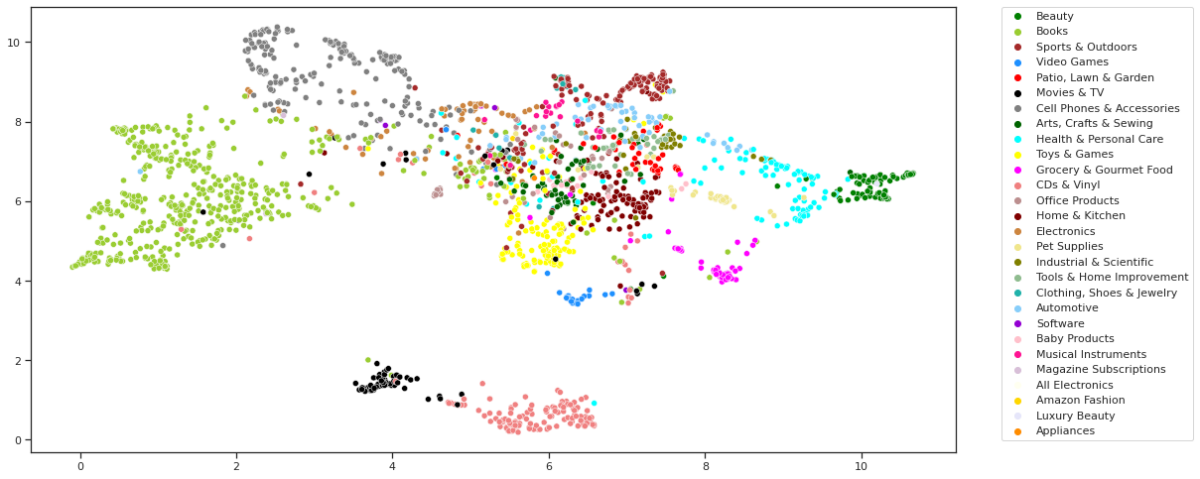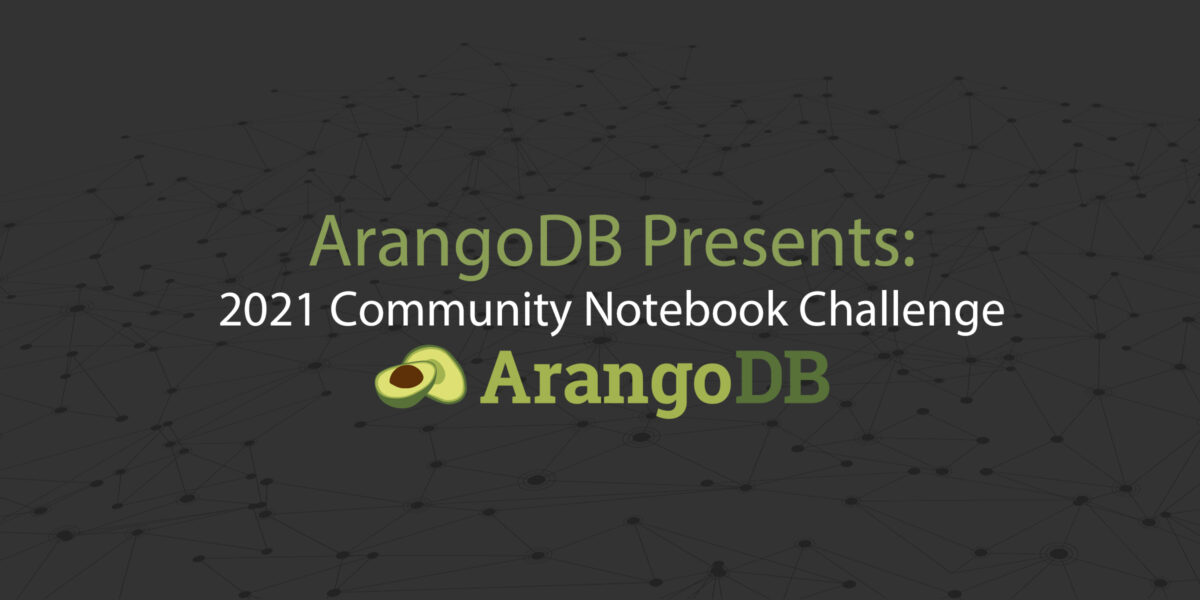A Comprehensive Case-Study of GraphSage using PyTorchGeometric and Open-Graph-Benchmark
Estimated reading time: 15 minute This blog post provides a comprehensive study on the theoretical and practical understanding of GraphSage, this notebook will cover: Author Sachin Sharma Sachin is a Machine Learning Research Engineer at ArangoDB whose aim is to build Intelligent products using thorough research and engineering in the area of Graph Machine Learning. He…
Community Notebook Challenge
Calling all Community Members! 🥑 Today we are excited to announce our Community Notebook Challenge. What is our Notebook Challenge you ask? Well, this blog post is going to catch you up to speed and get you excited to participate and have the chance to win the grand prize: a pair of custom Apple Airpod…
Introducing ArangoDB 3.8 – Graph Analytics at Scale
Estimated reading time: 5 minutes We are proud to announce the GA release of ArangoDB 3.8! With this release, we improve many analytics use cases we have been seeing – both from our customers and open-source users – with the addition of new features such as AQL window operations, graph and Geo analytics, as well…
Entity Resolution in ArangoDB
This post will dive into the world of Entity Resolution in ArangoDB. This is a companion piece for our Lunch and Learn session, Graph & Beyond Lunch Break #15: Entity Resolution. In this article we will: Author admin
Inside the Avocado Grove: From Canada to Germany and the Digital Marketing of Avocados
My name is Laura, and I am responsible for digital marketing here at ArangoDB. In the following post, I will dive into my own experience working at ArangoDB and how I ended up from Northern Ontario, Canada to work in Germany at a native multi-model graph database company. Are you interested in learning more about…
Word Embeddings in ArangoDB
Estimated reading time: 12 minute This post will dive into the world of Natural Language Processing by using word embeddings to search movie descriptions in ArangoDB. In this post we: Author Alex Geenen Alex is a Machine Learning Ecosystem Engineer at ArangoDB. He is passionate about the practical application of new developments in the fast-moving…
Introducing Developer Deployments on ArangoDB ArangoGraph
Estimated reading time: 4 minutes Today we’re announcing the introduction of Developer deployments as a beta feature on the Oasis platform. In this blog post, we’ll tell you what Developer deployments are, what you can do with them, what you should not do with them, and how to get started. Author Joerg Schad Jörg Schad…
ArangoBNB Data Preparation Case Study: Optimizing for Efficiency
Estimated reading time: 18 minutes This case study covers a data exploration and analysis scenario about modeling data when migrating to ArangoDB. The topics covered in this case study include: Importing data into ArangoDB Developing Application Requirements before modeling Data Analysis and Exploration with AQL This case study can hopefully be used as a guide…
 Skip to content
Skip to content 

